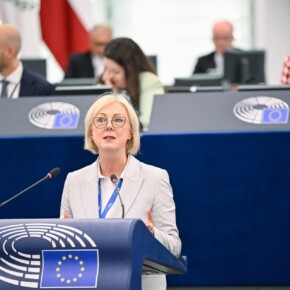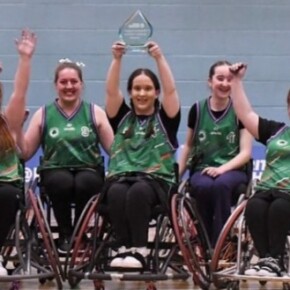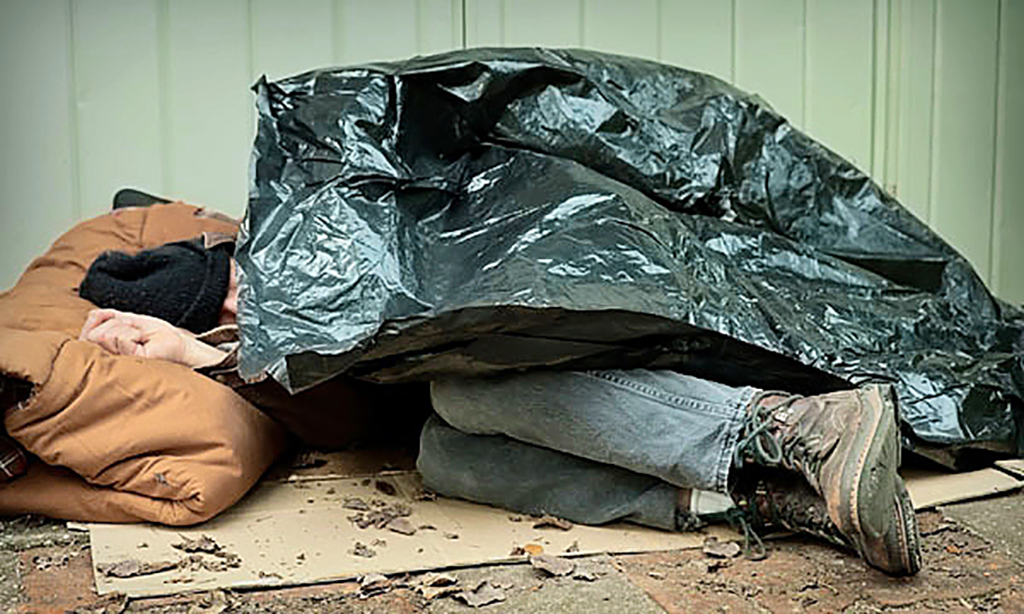Property market slowdown
Dublin People 05 Jan 2019
THE first property reports published in 2019 are suggesting the rapid inflation in the price of local homes experienced over the past two years may finally be ending.
According to the Daft.ie annual report the cost of north city homes rose by just 2.5 percent in 2018 while in the west, which includes Dublin 15, prices fell by just over one percent. The fall in West Dublin is the first annual fall in a major region of the capital since 2016.
Prices in the city have risen by an average of 68 percent since they plummeted to their lowest point in 2012 but in some areas, including Dublin 7 where the Luas line has been a contributory factor, prices have doubled.
However, the rapid growth over the last two years is now slowing down as supply slowly begins to catch up on demand.
A snapshot of asking prices across the city from
Daft.ie shows the cost of five-bedroom detached
Continued on page 2
Continued from page 1
homes has fallen in most areas.
But the cost of some smaller properties still grew by double percentage points.
In Dublin 7, 9, 11 and 15 the price of one-bed apartments increased by between 12 and 14.3 percent.
But three-bed semi-detached homes only rose by between 0.9 and three percent.
The average asking price in Dublin 7 for a three-bed semi-detached house is now €419,000 while in Dublin 11 it’s just over €300,000.
Most price increases during 2018 occurred in the first nine months of the year, with prices falling in the final quarter as housing stock began to increase.
There were just over 4,800 properties for sale in Dublin in December, up 40 percent on the same time in 2017.
However, according to author of the Daft.ie report, Trinity College economist Ronan Lyons, the mismatch between what is being built and what is needed is continuing.
“Construction activity has improved over the last year,” he said.
“More supply should ease the problems in the housing market.
“But of course not homes are equal. If the country needs urban apartments and is getting mostly rural one-offs, then the extra supply will be of far less benefit than if urban apartments were built.
“Unsurprisingly, with greater supply, the bargaining power of buyers improves and prices increases have slowed down.
“The annual rate of inflation in list prices for Dublin in 2018 was 2.9 percent, down from 11.7 percent a year ago.”
Lyons predicts that around 10,000 new estate homes will be completed during 2019 but believes policymakers now need to focus their attention on the social housing and rental segments of the property market, where little relief is expected.
Meanwhile, the MyHome.ie report predicts that robust demand and rising incomes will continue to push house prices higher, once the uncertainty of Brexit has been resolved.
Its report, published in association with Davy, says asking prices in Dublin were unchanged during the final quarter of 2018 and that housing supply is slowly picking up but remains well short of demand.
Author of the report, Chief Economist at Davy Conall MacCoille, estimated that the value of transactions nationally was up by almost 20 percent.
“Predictions that the Dublin market would contract have proved wide of the mark, perhaps because too much attention has been paid to more expensive property types and areas,” he said.
“Suggestions that the tightening of the Central Bank lending rules would cause the market to stagnate have also proved to be well wide of the mark.”
Managing Director of MyHome.ie Angela Keegan said she believes 2018 will be remembered as the year when the stock of both new builds and second-hand homes finally turned the corner.
“Across Dublin there are now 5,000 homes listed for sale, which is up by 44 percent on the 3,500 for sale this time last year,” she added.











